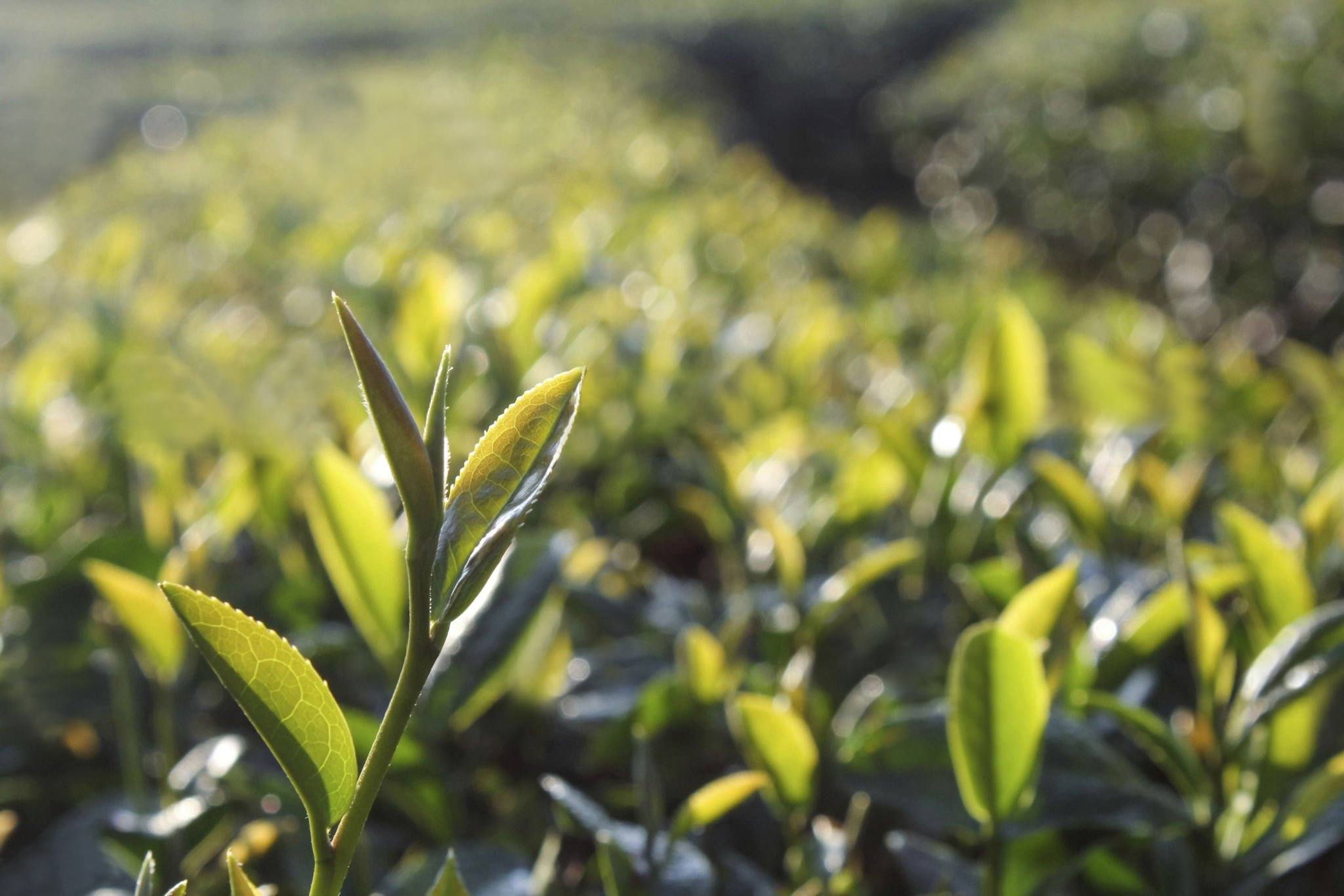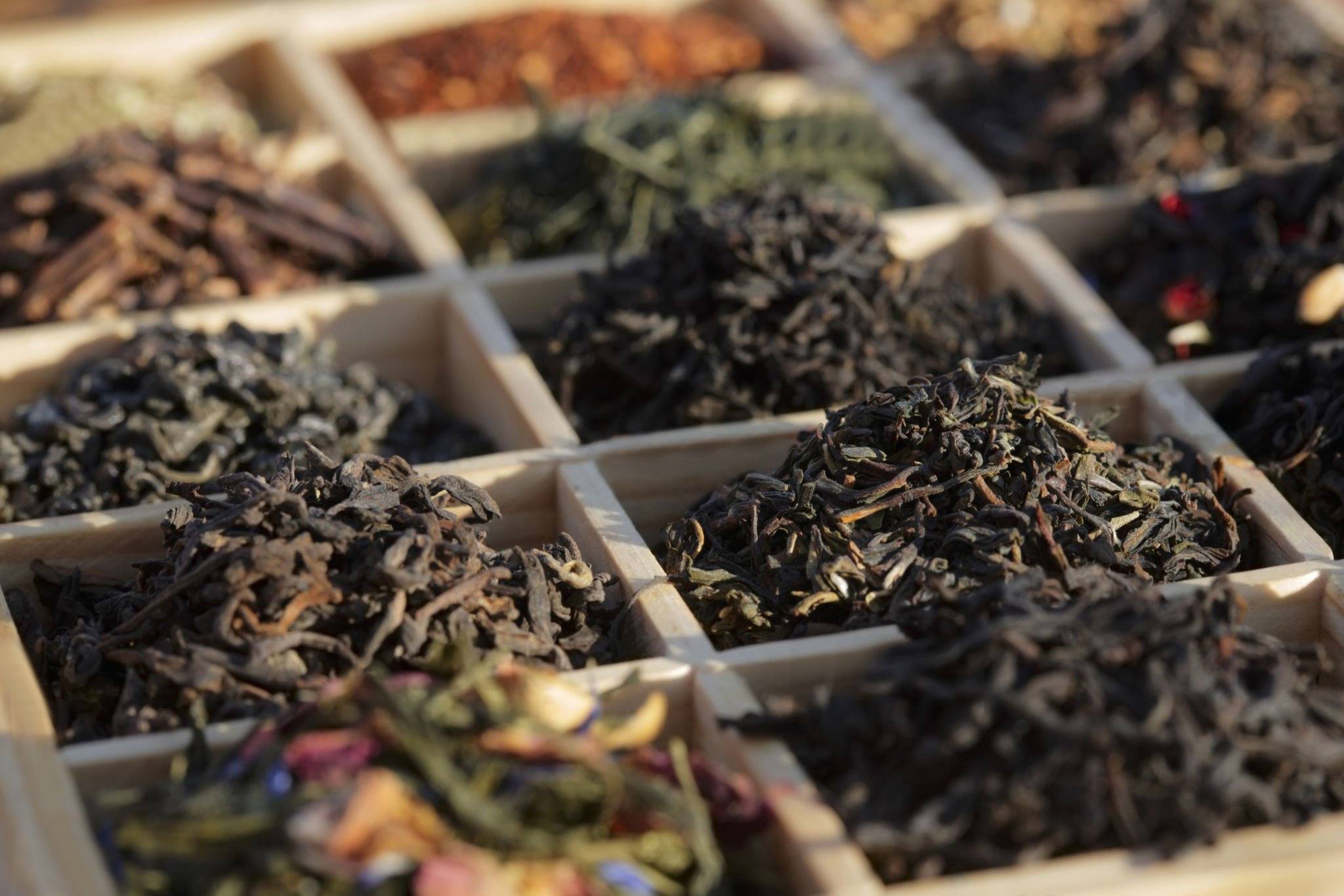In an attempt to revitalise the tea industry, the government has embarked on measures to increase tea production, which has recently been falling.
The measures include increasing production of quality tea, financing the Tea Board of Tanzania (TBT) to enable it to carry out generic promotions, equipping processing factories with modern technologies and changing citizens’ mindsets on tea.
According to data from the National Bureau of Statistics (NBS) on the trend of tea production, tea yields declined from 32,629 tonnes in 2016 to 26,975 tonnes in 2017.
However, the crop yields increased gradually to 34,010 tonnes and 37,193 tonnes in 2018 and 2019 respectively before falling by 22.8 percent to 28,715 tonnes in 2020.
The NBS statistics show that Tanzania tea earnings declined to Sh73.9 billion in 2020 after increasing steadily from Sh96.9 billion in 2016 to 109 billion in 2017.
The 2020 decline translates to a Sh30.1 billion deficit when compared to Sh104 billion earned in 2019, which is equivalent to 28.9 percent.
The Tanzania Trade Development Authority (TanTrade) commodities in international markets prices show that by January 2022, one tonne of tea was traded at $2,290 equivalent to Sh5.27 million.
Tea Research Institute of Tanzania (TRIT) director, Dr Emmanuel Simbua attributes the price decline to the falling prices in the global market.
“The trend didn’t affect Tanzania alone but many other global tea producers. However, inadequate funding to institutions responsible for overseeing tea production and crop prosperity such as the TBT, smallholder farmers, agents as well as the TRIT was another reason,” he says.
Mr Simbua adds that the yields were high in 2019 due to the massive investment in the sector, therefore enabling huge production of tea seedlings, which in turn benefitted large scale producers thanks to the then good prices in the world market.
Dr Simbua says to some extent, low production was caused by reduced funding to the three institutions, therefore affecting crop production.
“There is a direct connection between prices provided by the market and the presence of processing factories in financing farming operations such as procurement of fertilizers, increasing harvesters wages, investing in improved machineries and tea processing infrastructures,” he says.
“When all these things are done, there will definitely be a notable increase in tea production. Reduced funding affects the institutions’ ability to provide inputs, conduct effective research, motivate smallholder farmers’ agencies and the TBT in implementing actual regulations to improve the quality of tea production,” he adds.
Dr Simbua says research done by these institutions shows that the supply of the commodity has significantly increased globally, amidst changes in consumers’ lifestyles that has shifted preferences to other commodities such as cold drinks.
He says the government is now striving to improve the quality of tea by coming up with eight new varieties that will be multiplied and distributed to farmers in order to get high quality tea.
“Efforts are being made to financially empower the TBT in order to carry out generic promotions because since Tanzania exports between 75 percent and 80 percent of its annual production, the country will be hit hard in case of notable changes in the world market,” he notes.
The expert says tea factories have been directed to improve their processing technologies, since most of them are using outdated technologies.
He further says Tanzanians need to be sensitised to change their mindsets in order to increase domestic tea consumption, noting that the existing consumption standing at below 20 percent is unhealthy for the country.
“Large tea producing countries are also large consumers of their own tea, meaning they don’t export in large quantities, which would have been a threat to Tanzania’s tea,” Dr Simbua notes.
He says during the colonial era, tea was introduced as an export crop, a trend that was inherited by Tanzania after independence, instead of building and improving consuming habits.
According to him, the new challenge that makes the situation worse is the ongoing Russian aggression of Ukraine that leaves Tanzania with only the US and some European countries as its tea markets.
“Despite imposed sanctions against Russia, Tanzania needs to secure alternative tea markets focusing on the US and countries that are not traditional tea importers from Tanzania in order to increase flexibility and diversity,” he says.
Tea growing regions
Tea growing regions include Iringa, Njombe, Mbeya, Tanga and Kagera. Dr Simbua notes that all areas where coffee thrives could be used to increase the scope of tea production in Tanzania.
The crop is said to be able to thrive and exist for over 100 years if properly maintained.
The new varieties
Dr Simbua names the eight new tea varieties as including TRF 303/178; TRFK 301/5; TRFK 381/5; TRFK 430/63; TRIT 201/16; TRIT 201/43; TRIT 201/55 and TRIT201/44.
He says the varieties are cultivated through vegetative propagation, noting that apart from having good taste, they also withstand drought, which is a plus especially for small-holder farmers who haven’t adopted irrigation infrastructures.
“The varieties have another quality of giving high yields, something that benefits farmers by generating more revenue,” he says.
Mr Amosi Makweta, a researcher from TRIT’s soil department says his department is responsible for helping farmers adopt proper means of soil preservation and better uses of fertilizers.
Mr Makweta says they usually carry studies and educate farmers on the best sowing techniques depending on geographical locations.
“TRIT has done several trials in order to get appropriate standards that are currently used by farmers who seek a professional way of tea farming,” Mr Makweta says.
Generally, the crop thrives in soil with a PH ranging from 5 to 5.6. Mr Mwaketa recommends that farmers should get results of soil tests before starting crop production.
Irrigation
A researcher in irrigation and better use of water, Mr Lameck Maleba says the world is recently talking about climate change and the way it adversely affects agriculture including tea farming.
He says irrigation is important in order to enable farmers to harvest throughout the year and reap more yields, noting that insufficient water could adversely affect tea production.
“Large scale farmers are the ones who can afford to irrigate their farms as compared to small-scale farmers due to inadequate capital to buy equipment,” he says.
He says despite challenges brought about by climate change, an average annual rainfall of 1800mm is enough for tea farming.
A researcher in the technology transfer department, Ms Magreth Katole says they have been mobilising farmers to use technology, especially inventions made by TRIT researchers in order to increase efficiency.



